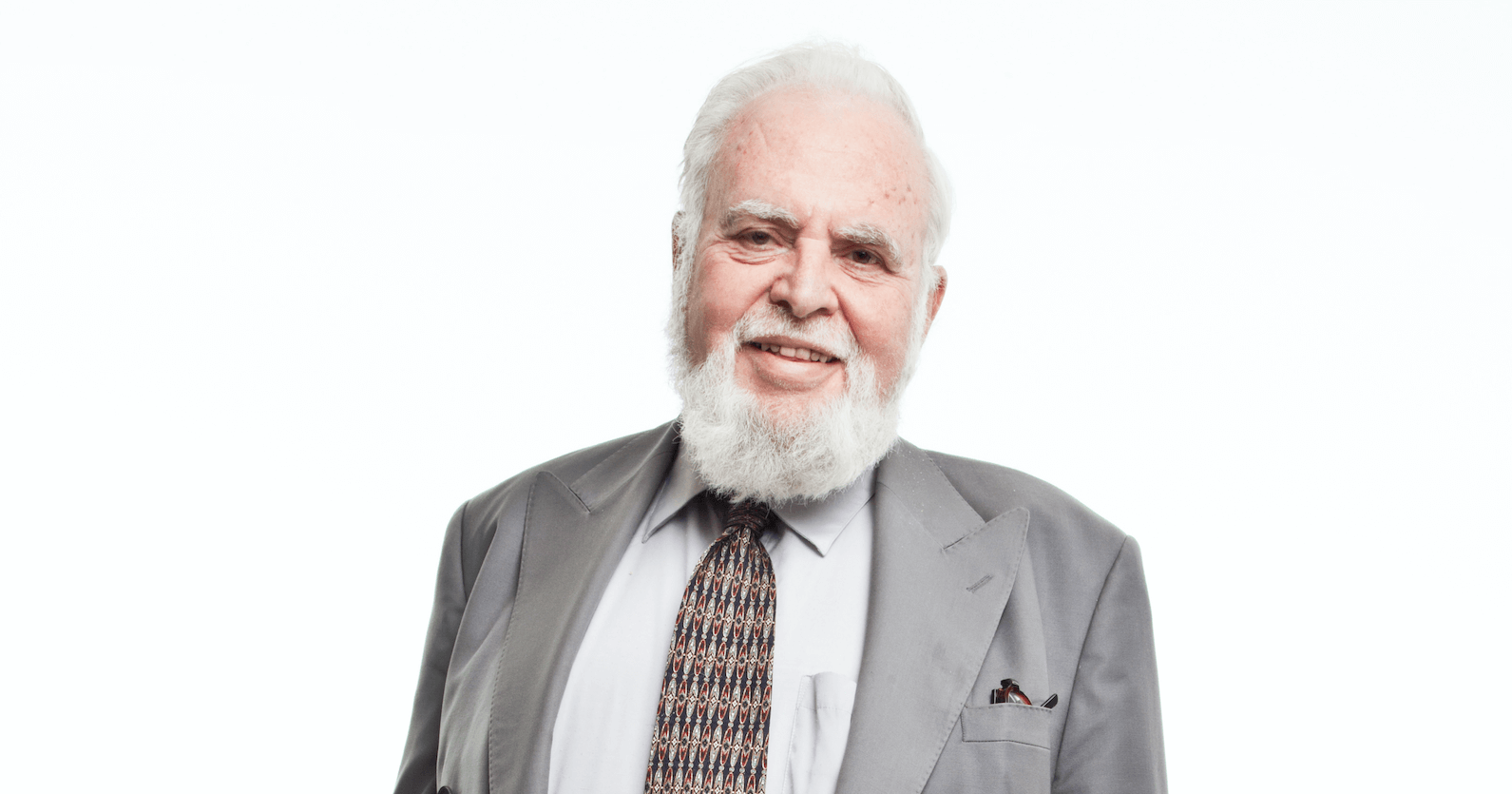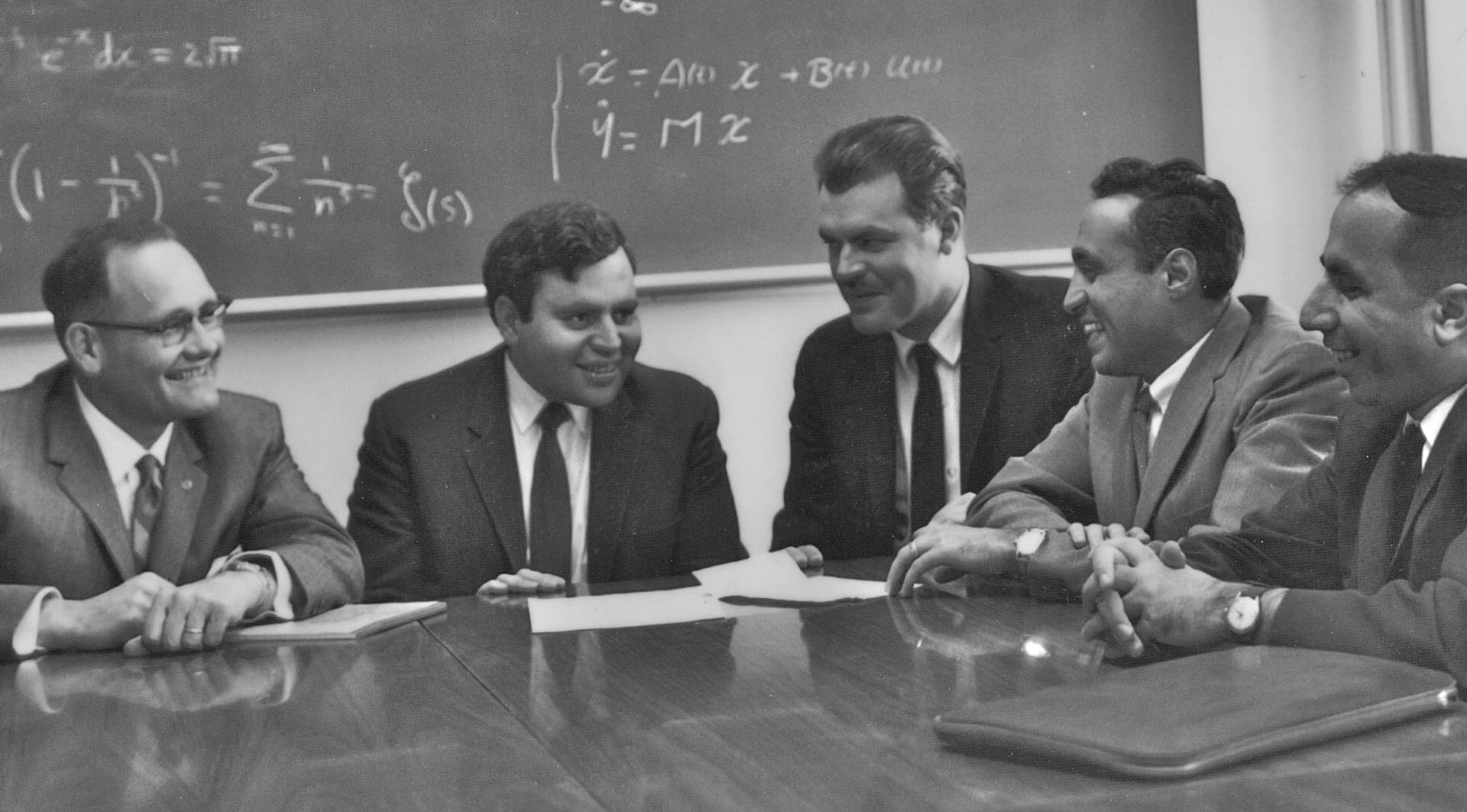In Memoriam: Solomon Golomb, 1932–2016
Solomon Golomb, the legendary longtime USC Viterbi electrical engineering professor whose pioneering work in communications technology helped spark the digital communications revolution, has died. He was 83.
Golomb, who began his full-time career at USC in 1963 and continued to teach a freshman seminar into his 80s, was known for his singular ability to apply advanced mathematics to problems in digital communications. Video images from the Mars Rover Curiosity owe a huge debt to Golomb’s mathematical coding schemes, enabling pristine imagery to be transmitted from the Mars Rover all the way back to Earth. His work on shift register sequences is integral to the function of cellular phones, while his cryptology research ushered in new approaches for securing communications signals.
“Professor Golomb was truly a giant in the field of mathematics and engineering,” said USC President C. L. Max Nikias. “He was an exceptionally imaginative thinker, and so many enduring innovations and highly creative games — including polyominoes and pentomino — emerged from his inimitable genius. But beyond the innumerable accomplishments, Professor Golomb was also a dear friend and colleague, having served on USC’s faculty for more than half a century. Indeed, he helped transform our university into the world-class institution it is today.”
In April, Golomb — a University Professor, Distinguished Professor of Electrical Engineering and Mathematics, and Andrew and Erna Viterbi Chair in Communications — received the prestigious Franklin Institute’s 2016 Benjamin Franklin Medal in Electrical Engineering. With this award, he joined the ranks of Albert Einstein, Marie Curie and Andrew Viterbi, namesake of USC’s engineering school and Qualcomm co-founder.
Three years earlier, Golomb went to the White House to receive the National Medal of Science from President Barack Obama — one of only 12 eminent scientists so honored that year.
For more than five decades, Golomb taught at USC Viterbi, touching the lives of thousands of students during his illustrious career. In the process, he helped elevate the school into one of the nation’s best in engineering.
Recruited simultaneously by UCLA, Caltech and USC, he chose to become a Trojan. “Some people were surprised I chose USC, but the question I asked myself was the one I ask my students: ‘Where can you make the most difference?’” Golomb told USC Viterbi magazine in 2012.
“With unparalleled scholarly contributions and distinction to the field of engineering and mathematics, Sol’s impact has been extraordinary, transformative and impossible to measure,” USC Viterbi Dean Yannis C. Yortsos said. “His academic and scholarly work on the theory of communications built the pillars upon which our modern technological life rests.”
A true polymath who spoke several languages to varying degrees, including Hebrew, Danish, Norwegian, Swedish, German and French, Golomb invented mathematical games including Cheskers, a hybrid of chess and checkers. He was also referred to as “the godfather of Tetris” for creating polyominoes that inspired the tile-matching puzzle video game.
George A. Bekey remembered his longtime friend as a true Renaissance man who could speak knowledgeably about nearly any subject, from poetry and finance to world politics and history. “He leaves a huge gap in our faculty, since there is no one who could stand in his shoes,” Bekey said.
Even before joining USC as a full-time faculty member, Golomb had developed a relationship with the school. In addition to teaching part time, he mentored an up-and-coming graduate student named Andrew Viterbi, who received his Ph.D. in 1962. Viterbi met Golomb his first day at the Jet Propulsion Laboratory, where they both worked. “From that day,” said Viterbi, “he wasn’t just my supervisor, he became my mentor.”
The son and grandson of rabbis from the Jewish Theological Seminary in New York and from Vilna, Lithuania, the Baltimore-born prodigy graduated from Johns Hopkins University with a B.S. in mathematics before his 19th birthday.
While working on his Ph.D. at Harvard, Golomb expected to travel the abstract route of pure mathematics, but a summer job in engineering, along with a Fulbright scholarship that took him to Oslo, Norway, pointed him in a different direction. Instead of joining the academy, Golomb made his way to the JPL. There, he and a distinguished group of colleagues played a key role in formulating the design of deep-space communications for the subsequent lunar and planetary explorations.
Just weeks after Golomb received the National Medal of Science in 2013, U.S. Rep. Karen Bass honored him on the floor of the Congress.
“USC has long been a center for scientific innovation,” Bass said. “I am proud to have such an incredible leader like Dr. Golomb working in California’s 37th Congressional District.”
— Additional reporting by Eric Mankin, Amy Blumenthal and Adam Smith






